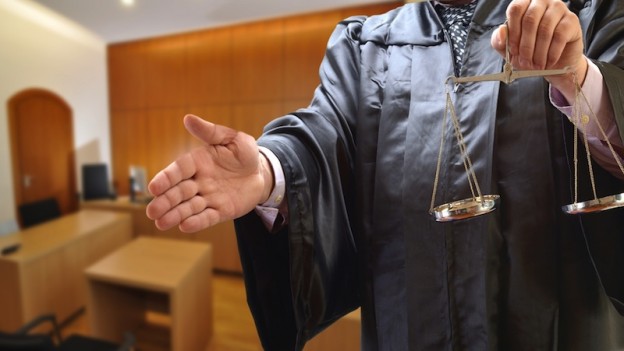As experts we are all familiar with the process for presenting expert testimony in the American judicial system. The plaintiff or prosecution typically calls its expert to testify as part of its case, and after the expert has concluded testifying on direct examination, been cross-examined, and perhaps then been subject to re-direct, the expert goes home. When the defense presents its case it calls its expert, and that often happens days or weeks later. The experts never engage in a dialogue, or respond to the other’s comments in real time, or even have a face-to-face debate on the relevant issues. While experts may be recalled to the stand later in the trial, that is relatively unusual. Only in high-stakes cases might both parties’ experts be in the same courtroom for the entire trial, and even then each of the experts only testifies in his or her turn. The trier of the fact, often a jury of lay persons, then must decide which of the experts it believes to be more credible, without having had the opportunity to have each expert explain why he or she agrees or disagrees with what the other expert has testified to.
For years Australian courts have successfully used another approach. In the Australian approach both sides’ experts often appear in court at the same time and are primarily questioned by the judge. Each expert can immediately comment on the statements made by the other expert. In many ways the process resembles an election campaign debate where the moderator asks both candidates questions, and each must quickly respond to the other’s comments. In the hands of a skilled questioner it can be made clear to the trier of fact those points that both experts agree upon, which points they disagree upon, and why, with the reasons for each expert’s positions made clear right away. The jury would still make the determination.
This practice known as “witness conferencing” (and sometimes referred to as “hot tubbing”) also has been successfully used in international arbitrations as well as courts in England earlier this year. Its use in the United States — whether by stipulation of the parties or as part of a court-ordered experiment — may only be a matter of time.
How would hot-tubbing impact experts? Rather than merely respond to a set of largely rehearsed questions on direct examination, and then parry the other side’s questions later in cross, hot-tubbing would put a premium on the expert’s knowledge and presentation skills. Quick-thinking and the ability to pro-actively make balanced, clear and persuasive statements would be critical throughout the course of a trial. The expert would also have to have a more in depth knowledge of the subject matter, as the persons asking the questions are not only lawyers (who may not be particularly knowledgeable about technical details) but also an opposing expert sitting in the same “hot-tub.”
For more details see http://economia.icaew.com/opinion/july-2013/a-new-approach-for-expert-witnesses




